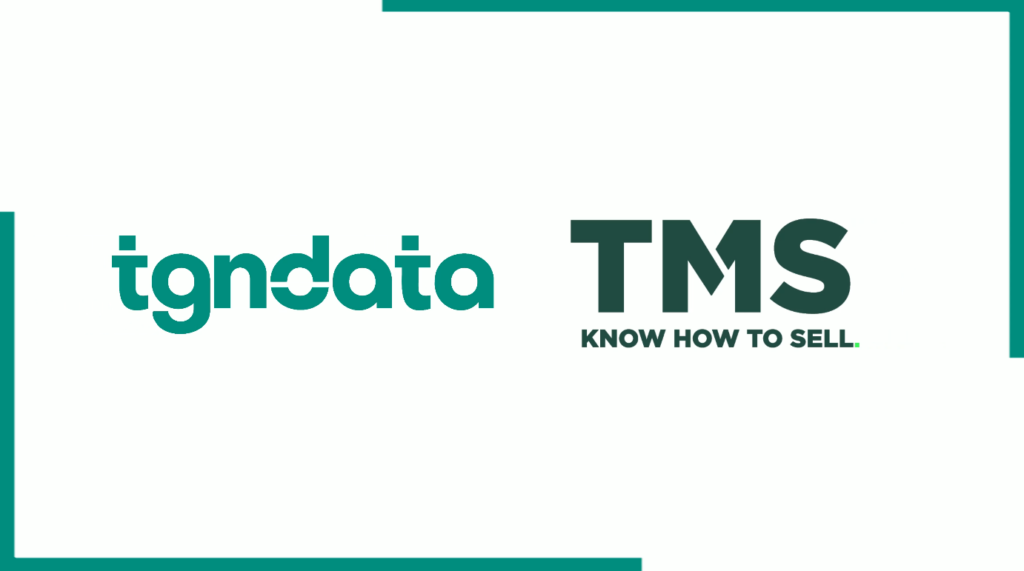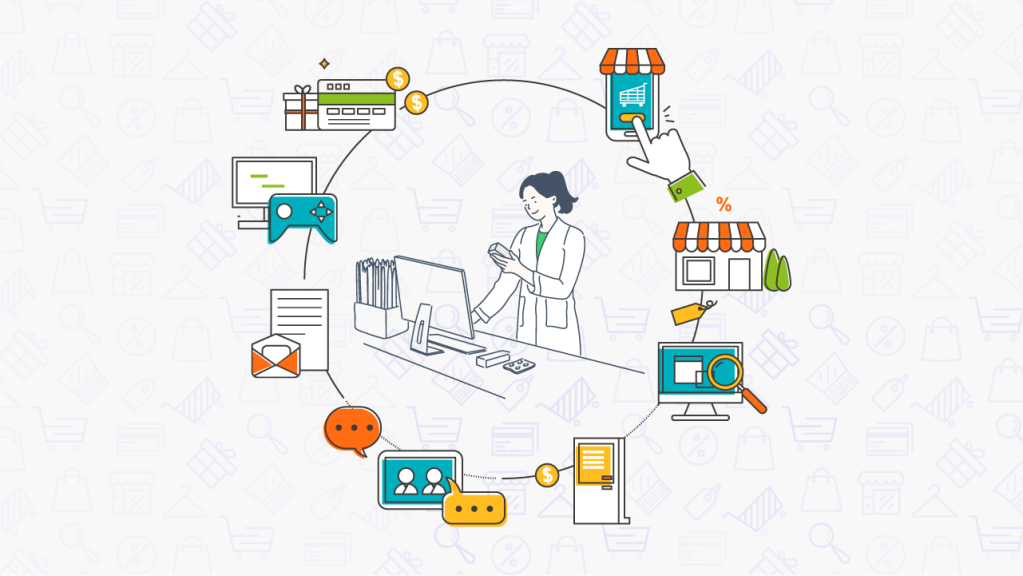Edit Content
In the highly competitive world of ecommerce, pricing plays a crucial role in determining the success of a business.
However, many managers and decision-makers often fall into common pricing mistakes that can have a negative impact on their bottom line. In this article, we will explore these pricing mistakes and provide actionable strategies to avoid them.
Whether you’re an established online retailer or just starting out, understanding these pitfalls will help you develop a successful pricing strategy for your ecommerce business.
Competitive pricing is important in the ecommerce industry, but pricing too cheaply can be a major mistake. While attracting customers with low prices may seem like a good strategy, it can severely cut into your profits. It’s important to strike a balance between competitive pricing and maintaining a healthy profit margin.
For instance, let’s say you’re selling the Samsung Galaxy S10 on your ecommerce store. Conducting a price search on a comparison shopping engine, you find that the average market price for this product is €750. However, you decide to price it at €490, significantly below the market average. While this may attract customers initially, it indicates that your product is undervalued and may lead to a perception of low quality. By pricing too cheaply, you not only lose out on potential profits, but you also devalue your brand and product in the eyes of customers.
To avoid this mistake, it’s important to conduct thorough market research, analyze competitor pricing, and set prices that are both competitive and profitable.
Overemphasizing the cheapness of your products can also be a pricing mistake that devalues your brand. While being the cheapest option for certain products or categories can attract customers, constantly highlighting low prices can create a perception of poor quality. Customers may assume that your products are cheaply made or that your business cuts corners on quality.
Instead of solely focusing on cheap prices, find ways to emphasize the value and unique selling proposition of your products. This could include highlighting excellent customer service, a unique product assortment, or other factors that differentiate your brand from competitors. By offering competitive prices while emphasizing value, you can attract customers who appreciate the overall shopping experience you provide.
On the flip side, pricing your products too high can drive customers away and leave you out of the competition. In the fiercely competitive ecommerce landscape, price plays a significant role in customers’ purchase decisions. If your prices are significantly higher than your competitors’ prices, customers are likely to choose a more affordable alternative.
To avoid this mistake, it’s essential to regularly track and analyze competitor prices. By understanding how others price similar products, you can ensure that your prices are competitive and aligned with market expectations. This not only helps you attract customers but also allows you to remain competitive in the industry.
While cost-based pricing may work in some industries, it’s not the ideal approach for ecommerce. Most online stores have direct competition, meaning they sell the same products as their competitors. Even if your business costs are higher than your competitors’, pricing solely based on cost can be a mistake.
Customers consider more than just cost when making purchasing decisions. Factors like brand reputation, quality, and value play a significant role in their decision-making process. For example, two brands may sell identical products, but one may be organic while the other is not. The organic brand may have higher costs, but customers are willing to pay a premium for the perceived value of organic products.
Instead of solely focusing on costs, consider the value proposition of your products. Highlight the unique features or benefits that set your products apart from others in the market. By communicating the value of your products, you can justify higher prices and attract customers who are willing to pay for that value.
In the online retailing world, changing prices is relatively easy and necessary to remain competitive. However, some marketers are reluctant to change prices, leading to a pricing mistake known as sticky prices. Sticky prices prevent you from testing different price points and making adjustments based on competitor prices and market dynamics.
Testing different price points can have a significant impact on your sales. Even a minor price adjustment can influence customers’ purchasing decisions. By testing various price points, you can find the optimal price and demand balance for your products.
To avoid sticky prices, it’s important to regularly monitor and analyze competitor prices. This will help you identify market trends, adjust your prices accordingly, and stay competitive in the ever-changing ecommerce landscape.
To recap, here are the common pricing mistakes in ecommerce and how to avoid them:
By avoiding these pricing mistakes and implementing a well-thought-out pricing strategy, you can maximize your profitability and position your ecommerce business for success in a highly competitive market.
Remember, pricing is not a one-time decision but an ongoing process. Continuously monitor market dynamics, competitor prices, and customer feedback to make informed pricing decisions that align with your business goals.













Missing an important marketplace?
Send us your request to add it!